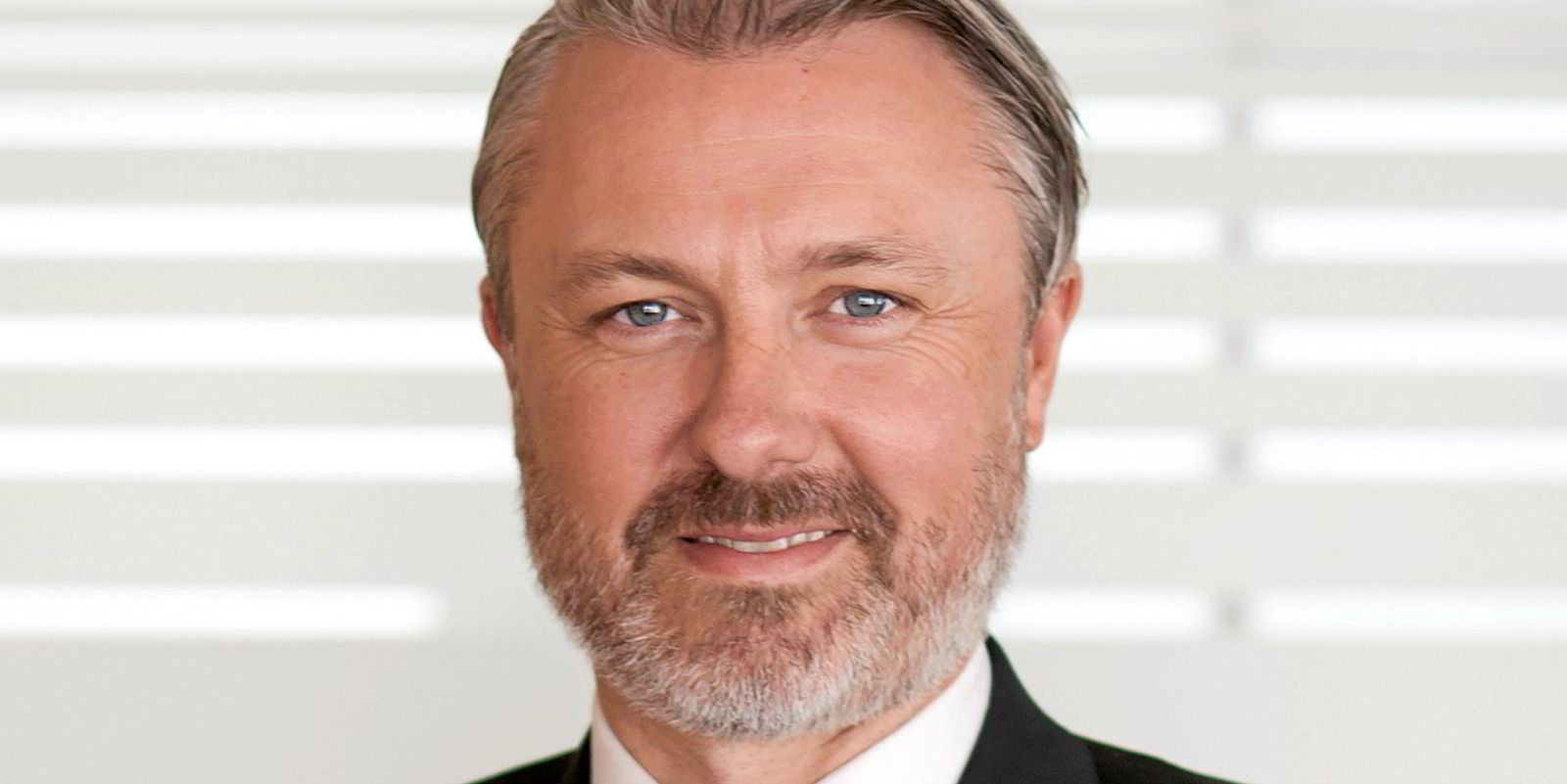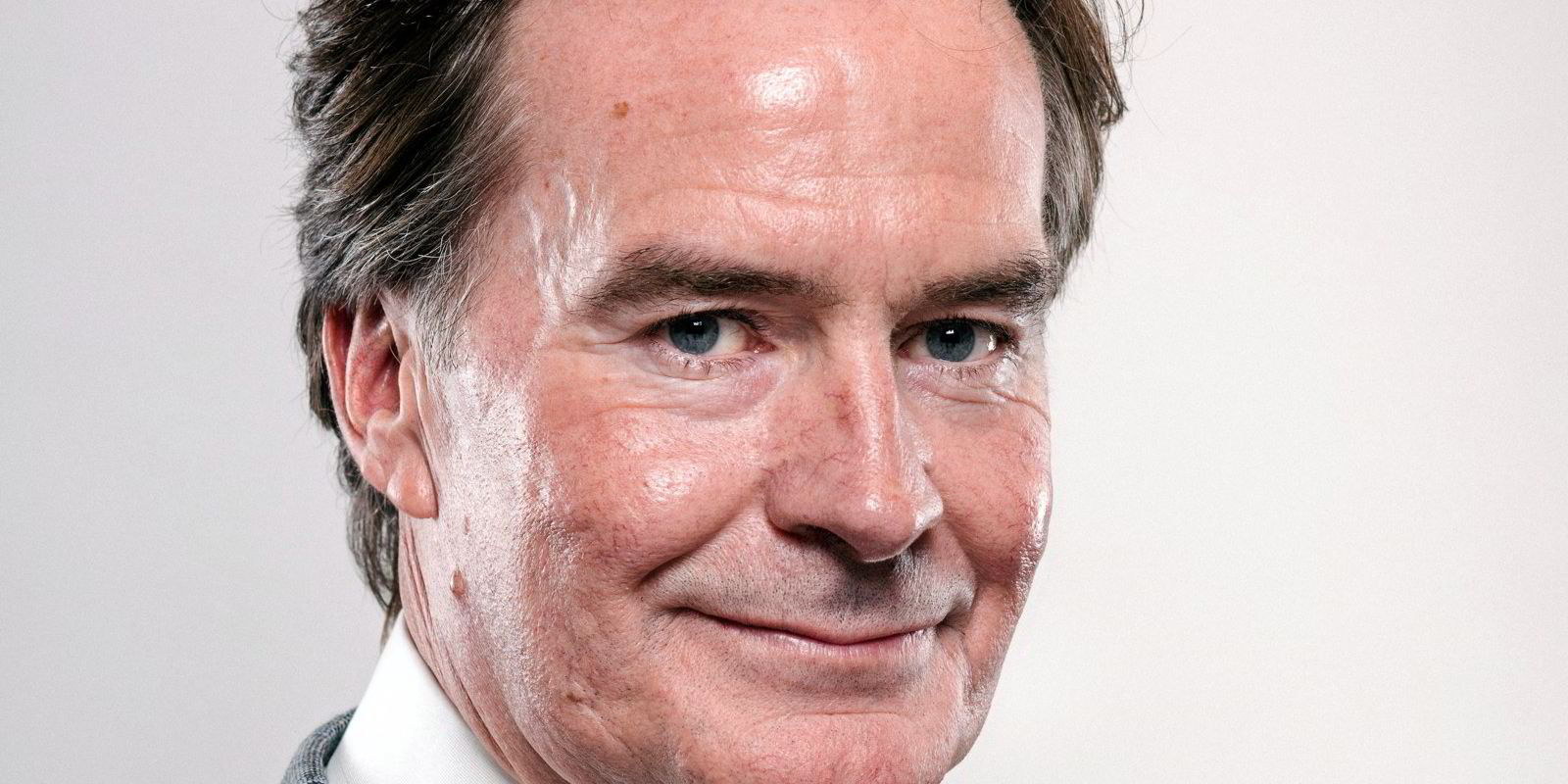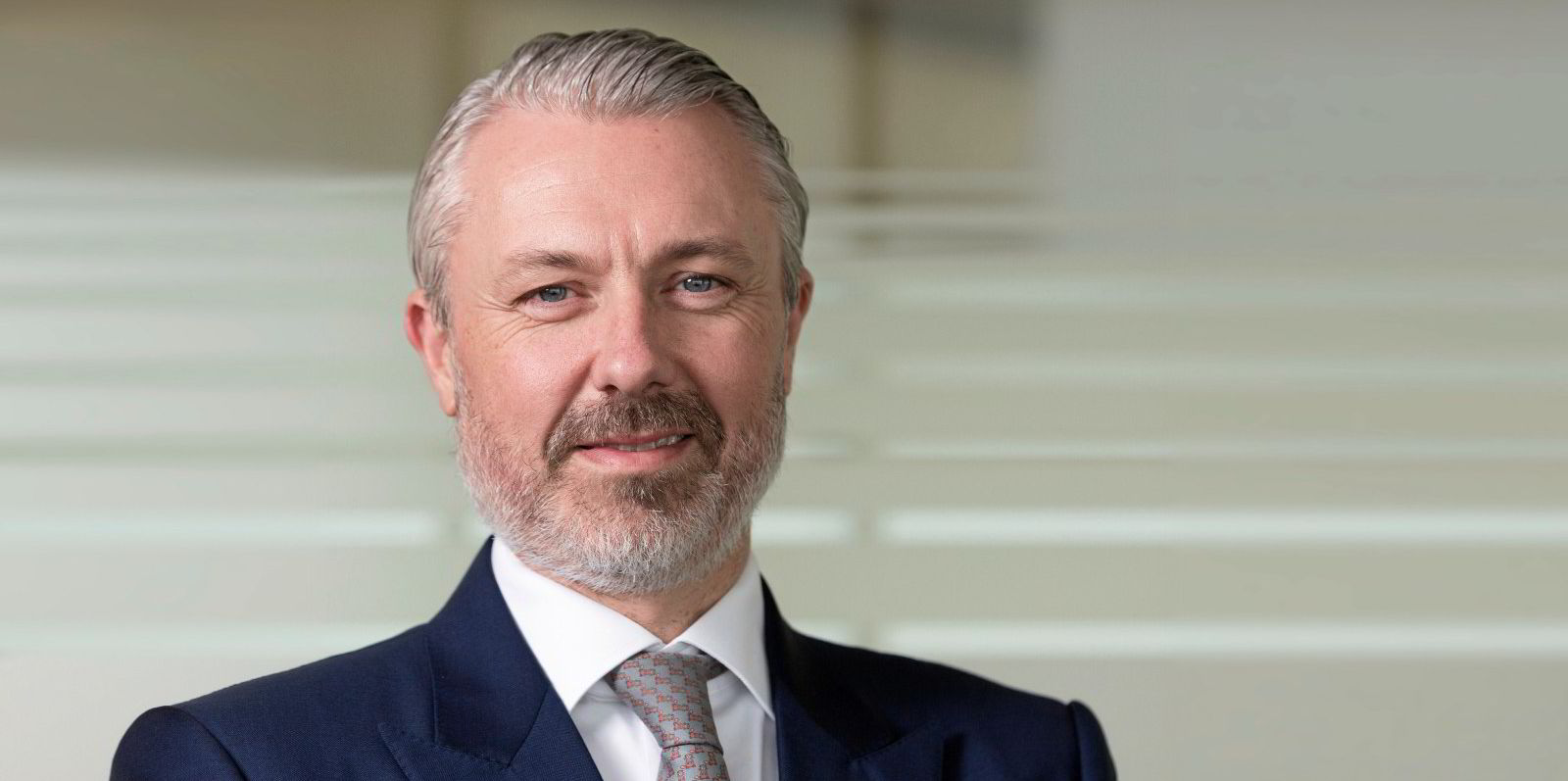Leading ship manager V.Group is taking contingency measures as supply chain issues threaten compliance with the International Maritime Organization’s pending decarbonisation measures.
Supply issues affecting main engine manufacturers will make it difficult for all ships to comply with incoming Energy Efficiency Existing Ship Index (EEXI) regulations by the 1 January 2023 deadline, the company believes.
So V.Group plans to issue vessels with documentation showing the steps that have been taken to avoid running into problems with port state or other authorities.
“The good news is that the industry is waking up to the need that they need to do something now,” said Matt Dunlop, sustainability and decarbonisation director at V.Group.
But the surge in demand has led to issues for main engine manufactures who are unable to provide the measures in time.
That would present “a real challenge for the industry”, Dunlop said.
Mandatory
The ship manager has made it “mandatory” for vessels in its fleet to be compliant from the start of the EEXI implementation in around 10 weeks.
But Dunlop conceded: “With the supply chain issues we are facing, it may roll on into February or March.”
V.Group has engaged with engine manufacturers for engine power limitation and shaft power limitation devices for the past 18 months.
“What we will do for those vessels that are waiting for the … devices is to be sure there is a letter with the purchase order for the devices,” Dunlop said.
These will be included in the Ship Energy Efficiency Management Plan, which requires shipowners to develop fuel efficiency management plans for their vessels.
The ships will also be issued with letters from the main engine manufactures, confirming the engine or shaft devices have been ordered or awaiting delivery.
That will ensure compliance should vessels be inspected by port state control or other authorities, Dunlop said.
Dunlop suggests that problems with the EEXI are nothing in comparison to the structural flaws of the IMO’s Carbon Intensity Indicator (CII) — the second of two sets of global greenhouse gas regulations that enter into force at the start of the year.
The focus of the CII on efficiency measures had generated “anomalies”, he said.
For instance, two sisterships with the same technology and crew can achieve drastically different CII emission results.

One trading vessel may have a high CII CO2 emissions rating, whereas a vessel caught up in port congestion may be hit with lower D and E bands.
That could prejudice an efficient vessels in the charter market and is unfair, Dunlop said.
“That’s the challenge the CII poses today: it is not justified to be a fair and meaningful regulation,” he said.
“I think we need regulations to clarify which vessels are efficient.”
He added that vessels falling into the D and E category would “need to document what plans they have for improving emissions”.
The IMO has a real role to play in making sure there is a level playing field, he added.
V. Group is working to lobby for those improvements as a partner of the Maersk Mc-Kinney Moller Center for Zero Carbon Shipping, which it joined in November 2021.
Read more
- Carbon laws dawn: Are new IMO emissions rules fit for purpose?
- Meet the EEXI experts: ship managers are gearing up
- Don’t expect carbon rules to create a wave on the beaches
- Lenders go ‘bank to the future’ on efficiency standards
- Bumpy road lies ahead for bulkers
- Pandora’s boxes: Lines fear what they’ll find when they unpack IMO rules





